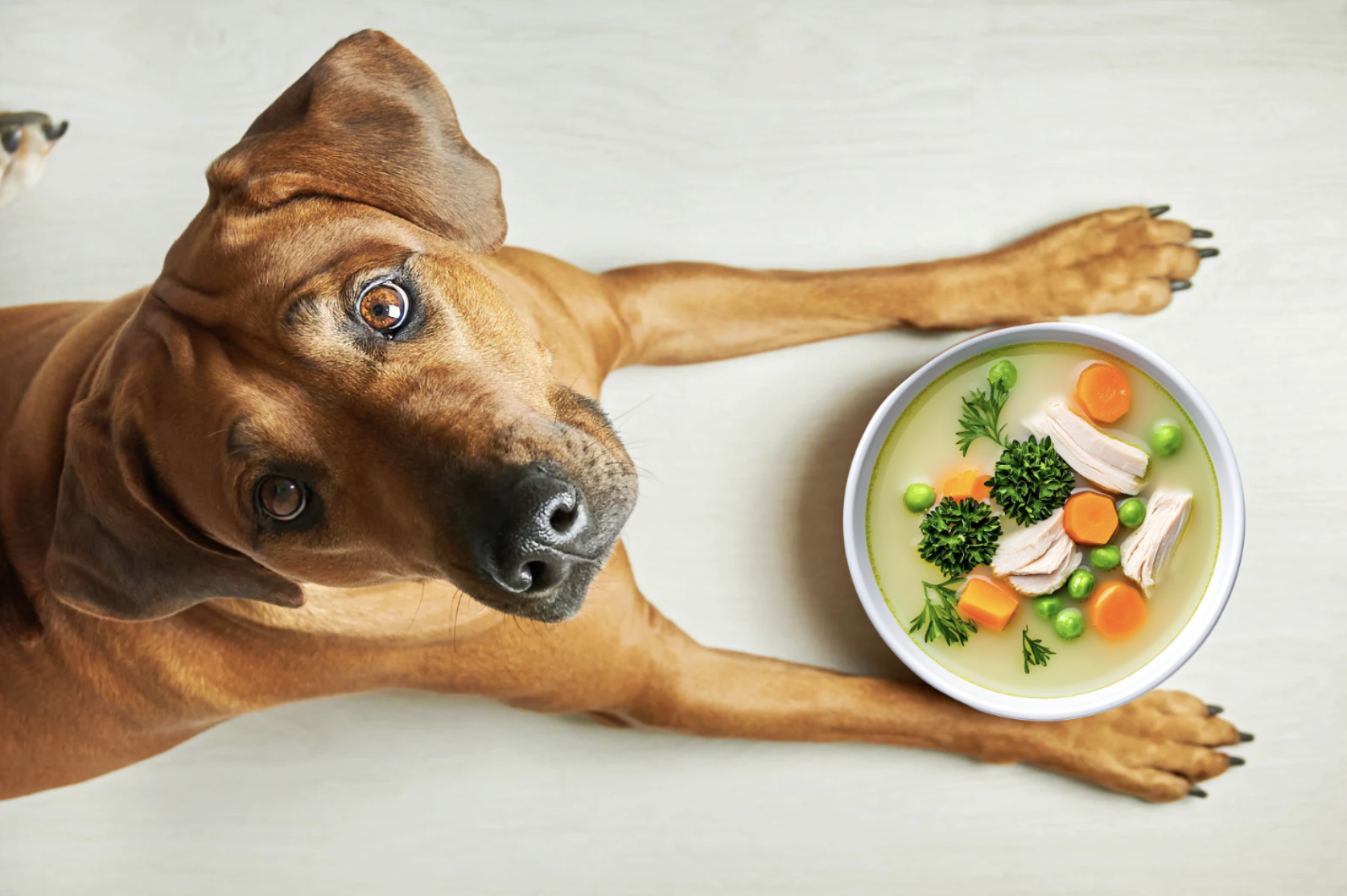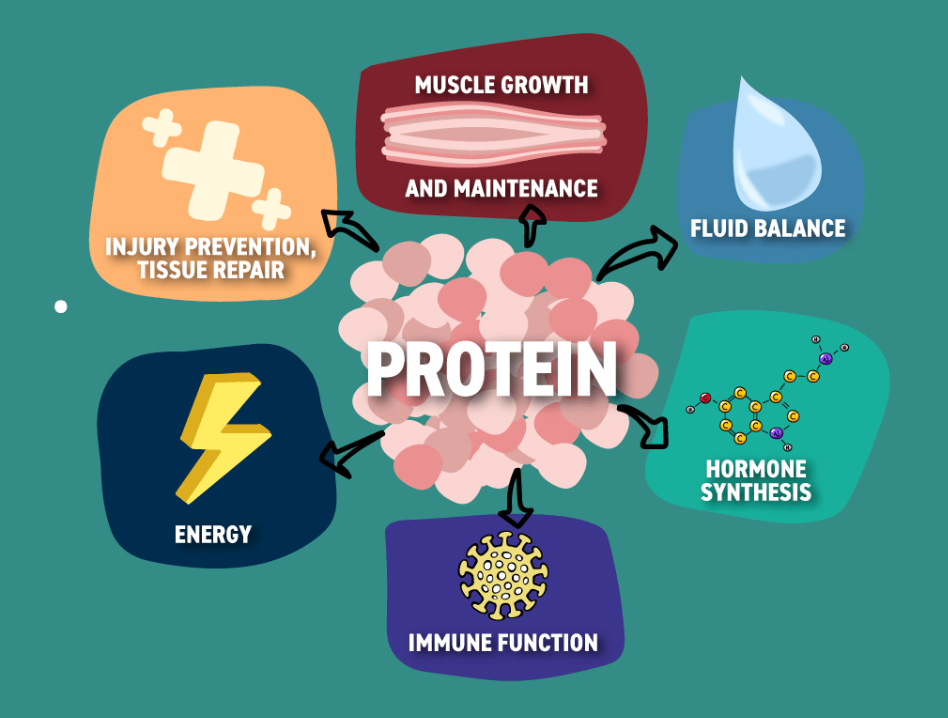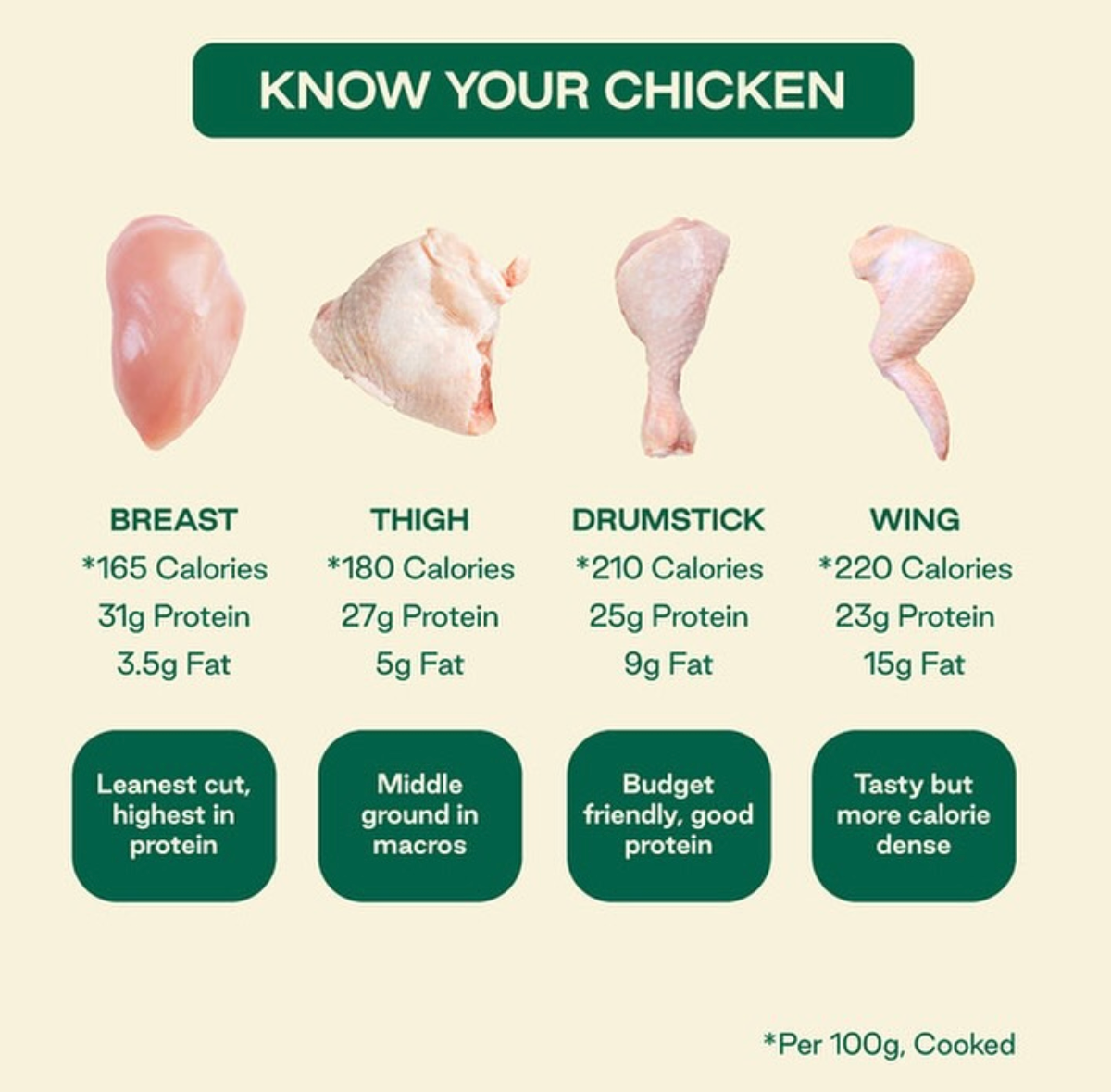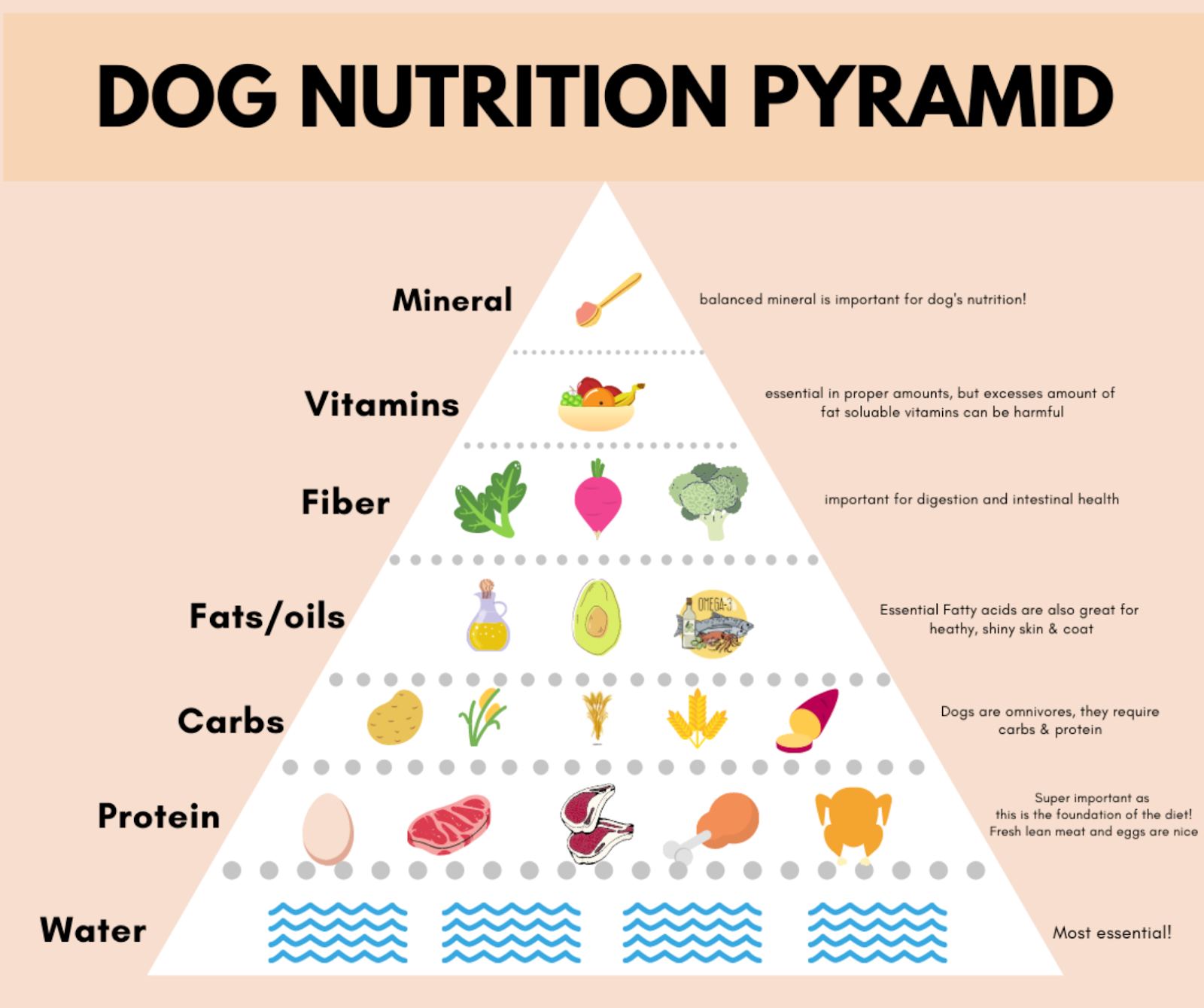


Chicken has long been a premium source of protein in pet diets. But did you know that different parts of the chicken, such as the breast, thigh, wing, tenderloin, and neck, vary in nutritional composition? Understanding these differences can help pet parents make smarter feeding choices to support their pet’s health and vitality.
Protein serves as the building block for muscles, skin, coat, and the immune system. It plays a critical role in both growth and daily repair for dogs and cats.
As carnivorous-oriented species, dogs and cats require high levels of quality protein. A deficiency in protein can lead to:
In pet nutrition, protein quality is more important than quantity. An ideal protein source should have:

Chicken is considered one of the highest biological value proteins (BV > 80), meaning it is efficiently absorbed and utilized by the body.
Compared with red meats like beef or lamb, chicken contains lower fat and a more balanced amino acid ratio. It is also rich in vitamin B complex and selenium, supporting metabolism and antioxidant defense.
Its tender texture and natural aroma make chicken an excellent option even for picky eaters. This is why chicken often serves as the cornerstone ingredient in fresh, freeze-dried, or dehydrated pet food formulas.
In Petsona’s Personalised Dehydrated Fresh Meal Series, chicken protein is processed using low-temperature dehydration technology to preserve its amino acid integrity and natural flavour, while maintaining superior digestibility.

Different chicken parts vary significantly in protein, fat, and mineral content.
Below is a nutritional overview of the most common cuts, based on 100 grams of edible portion:
Chicken Part - Protein (g) - Fat (g) - Calories (kcal) - Key Nutritional Features
Chicken Breast - 23.1 - 1.9 - 110 - High in protein, low in fat; ideal for weight control and muscle repair. Recommended for daily feeding.
Chicken Thigh - 20.0 - 5.2 - 145 - Slightly higher in fat; rich in iron and zinc to boost immunity. Feed occasionally in small portions.
Chicken Wing. -18.0 - 14.0 - 210 - High in fat but flavourful; moderate feeding can provide extra energy. Recommended for daily feeding under supervision.
Chicken Tenderloin - 24.0 - 1.5 - 105 - Excellent digestibility and complete amino acid composition. Feed occasionally.
Chicken Neck - 19.5 - 6.0 - 160 n- Contains cartilage and calcium that can support joint health, but may be too fatty or bony for seniors. Recommended for daily feeding under supervision.
For daily feeding, lean cuts such as chicken breast and neck are the most suitable choices, as they are low in fat, high in digestible protein, and gentle on the digestive system.
Other parts, such as thighs, wings, and tenderloin, should be offered only occasionally or as supplementary protein sources, especially for dogs prone to weight gain, pancreatitis, or digestive sensitivity.

For Dogs
For Cats
The way chicken is prepared directly impacts protein bioavailability and digestibility.
Cooking Method - Key Features - Digestibility
Raw - Retains natural enzymes but requires strict hygiene control- Moderate to High
Boiled / Steamed - Preserves protein structure and minimizes fat loss - High
Baked / Dehydrated - Enhances flavour and shelf life - High
Pan-fried / Deep-fried - Increases fat content and digestive load - Low
Professional Tip:
Low-temperature dehydration or air-drying, such as in Petsona’s Dehydrated Fresh Meals, helps preserve protein integrity while ensuring food safety.
Protein should account for 25–35% of total daily calories for dogs, and 35–45% for cats.
For highly active or underweight pets, slightly increasing chicken portions can support energy needs.
To maintain a balanced diet:

When selecting chicken for your pet, follow these three principles:
Petsona’s Personalised Dehydrated Fresh Meal Series is crafted with low-temperature technology and formulated by veterinary nutritionists to deliver safe, highly absorbable, and premium-quality protein in every serving.

Chicken is not only an affordable protein source but also a vital foundation for a balanced diet.
Each cut offers distinct nutritional benefits that can meet your pet’s needs at different life stages, body types, and activity levels.
For pet parents seeking a safe and science-backed way to provide fresh protein, Petsona’s Personalised Dehydrated Fresh Meal is the ideal choice, combining nutrition, safety, and convenience in every bite.
Q1: Does chicken cause “heatiness” or allergies in pets?
Generally, chicken is a mild protein source. However, pets with sensitive constitutions or prolonged exposure to a single protein may experience skin irritation or itchiness. Rotate protein types and observe your pet’s response for best results.
Q2: Can my pet eat chicken breast every day?
Yes, chicken breast can be a primary protein source, but it should be paired with other meats and vegetables for balanced nutrition. A varied diet helps prevent picky eating and reduces the risk of food allergies.